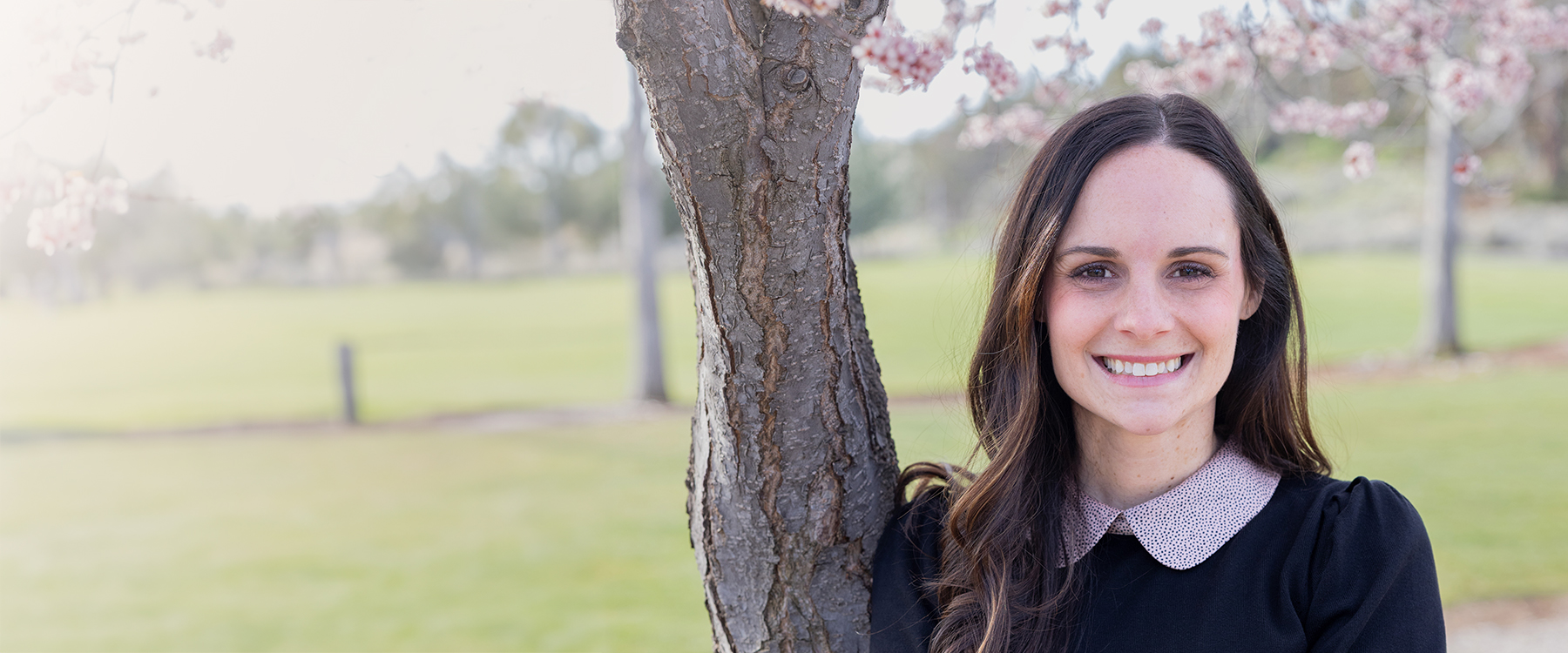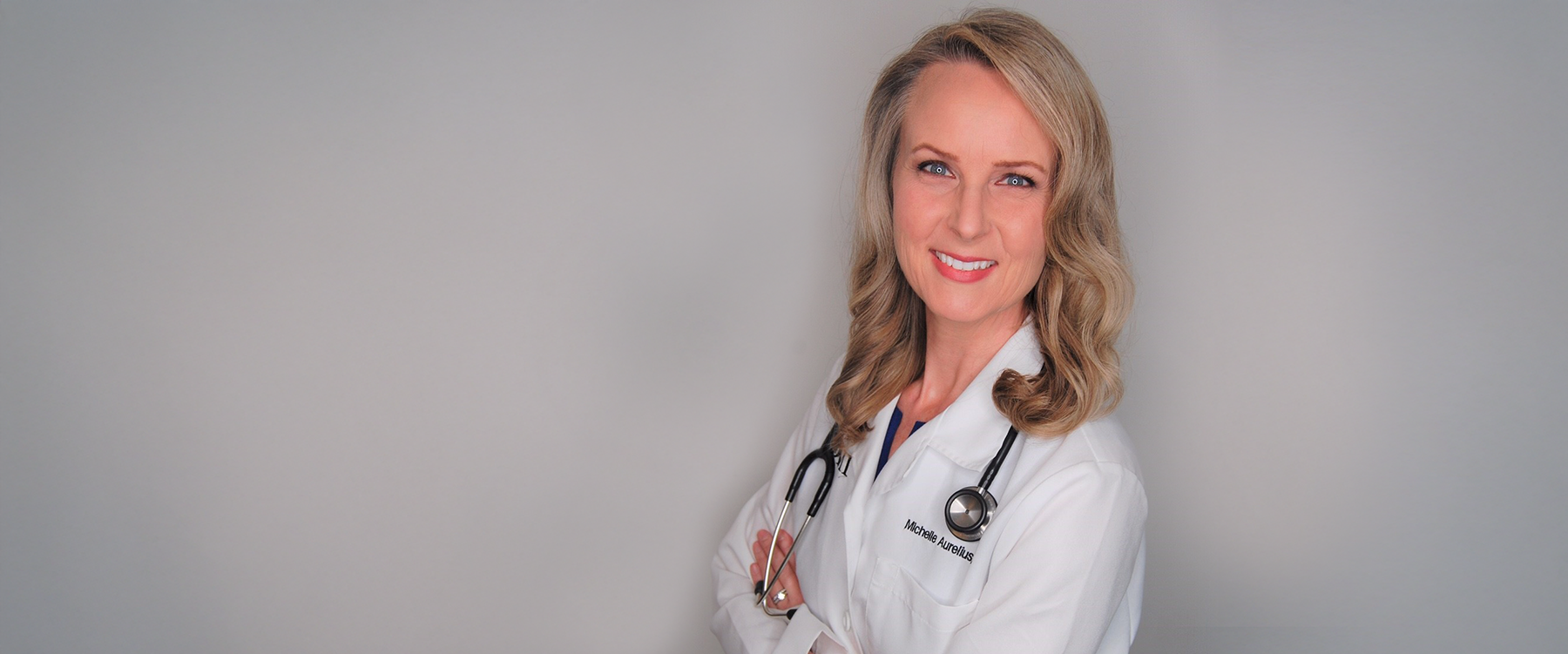By Josh Friesen
Threads of giving back and helping others weave through Tamana Ebrat’s earliest memories.
Her grandparents emigrated from Afghanistan in the 1980s to escape the Afghan-Soviet War. Despite arriving in the U.S. with little else but what they could carry, they were always giving. One of Ebrat’s earliest memories is of her mother giving a homeless woman the shoes off her feet. Several of her family members have chronic illnesses, and as a child she would act as a translator between her family and providers during hospital stays and doctor visits.
Those foundational moments are what guide Ebrat’s journey as a student in the OHSU School of Medicine M.D./M.P.H. dual degree program.
“It was always ingrained in me that we have a collective responsibility for others,” said Ebrat, who is part of the M.D./M.P.H. Class of 2026 cohort. “I think our humanity is what connects us, and this culture of service, giving back and taking care of others is a part of medicine that I’m truly passionate about.”
Ebrat has always wanted to work in health care, but a medical sociology course she took as part of her undergraduate education at the University of the Pacific inspired her to merge her dream to be a doctor with her passion of advocacy for others.
“I do think this generation is becoming more acutely aware of how policy and public health intersect with medicine. I’m hopeful.”
Tamana Ebrat
After earning her undergraduate degree in biological sciences, she volunteered with a houseless outreach group while in a post-baccalaureate program at California State University, East Bay. When OHSU representatives visited during a career event, Ebrat learned how OHSU could help her bridge public health advocacy and patient care.
“The way they spoke about OHSU, they really emphasized social justice, and that’s something that spoke to me,” she said. “That’s when I was like, ‘Oh, this program has exactly what I want. It seems like they’re a program that really cares about the community.’”
Ebrat, whose M.P.H. focus is in health management and policy, strives to better understand not only how social determinants of health negatively impact a person’s wellness, but how she as a provider can advocate to dismantle those social determinants of health in the first place.
“I believe that being a doctor inherently means that you are someone that should advocate for the people you care for,” she said. “I entered medicine not just to put a Band-Aid on people. I entered it to help prevent people from getting sick. An M.P.H. gives me the tools to really learn about why people get sick, the structures in place that lead to illness and what I can do to help stop that from happening.”
As a new medical student, Ebrat also recognized her own tendency to neglect her wellness and wanted to use her learned self-care to benefit others. She spent the first three years of her program as a student wellness representative on the OHSU All-Hill Student Council, where she developed programs that emphasized the importance of self-care, held yoga classes and meal-prep lessons, established volunteer tutoring, organized student walks and hikes, and hosted drop-in sessions for students seeking assistance.
“I can get kind of lost with all of the things that come with being a medical student,” Ebrat said. “I wanted to encourage folks and help make sure they’re taking care of themselves.
When Ebrat looks at her fellow students, she sees a generation set on reducing causes behind social determinants of health to foster a healthier future. The intersections between public health and medicine are becoming more understood, and those entering tomorrow’s health care workforce are keen to learn more.
“My classmates are some of the brightest, most passionate folks I’ve ever met,” she said. “I do think this generation is becoming more acutely aware of how policy and public health intersect with medicine. I’m hopeful.”




